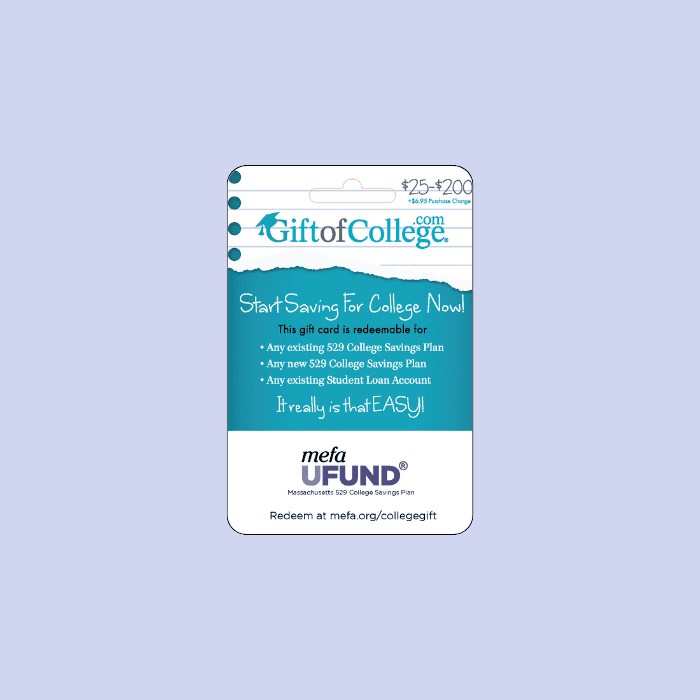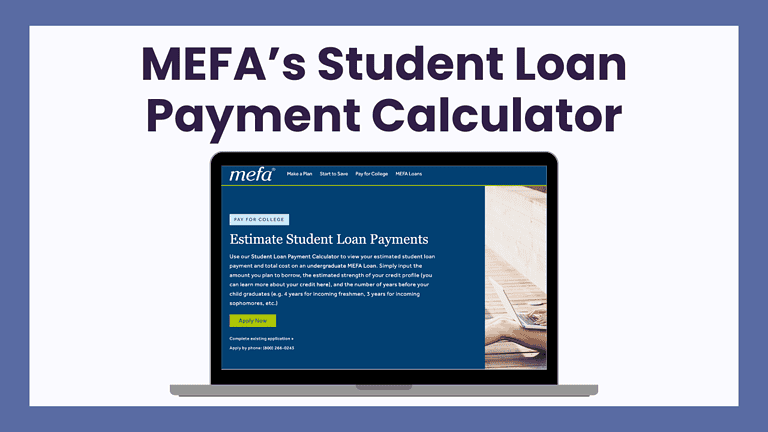There’s a lot to consider when borrowing a loan to pay for college. This July 2024 webinar will help you differentiate among college loan options and better understand the true cost of borrowing.
Download the webinar slides to follow along. And for information about MEFA’s college loans, visit our MEFA Loans page.













